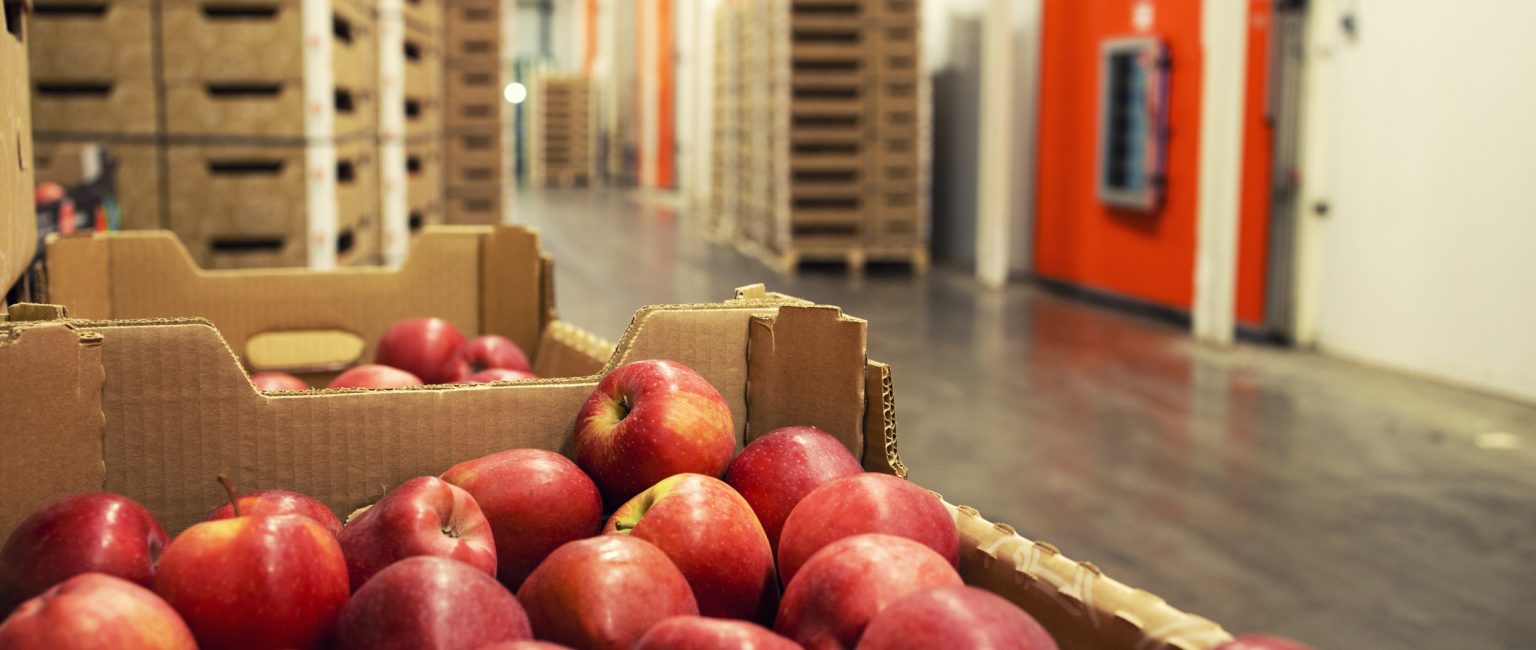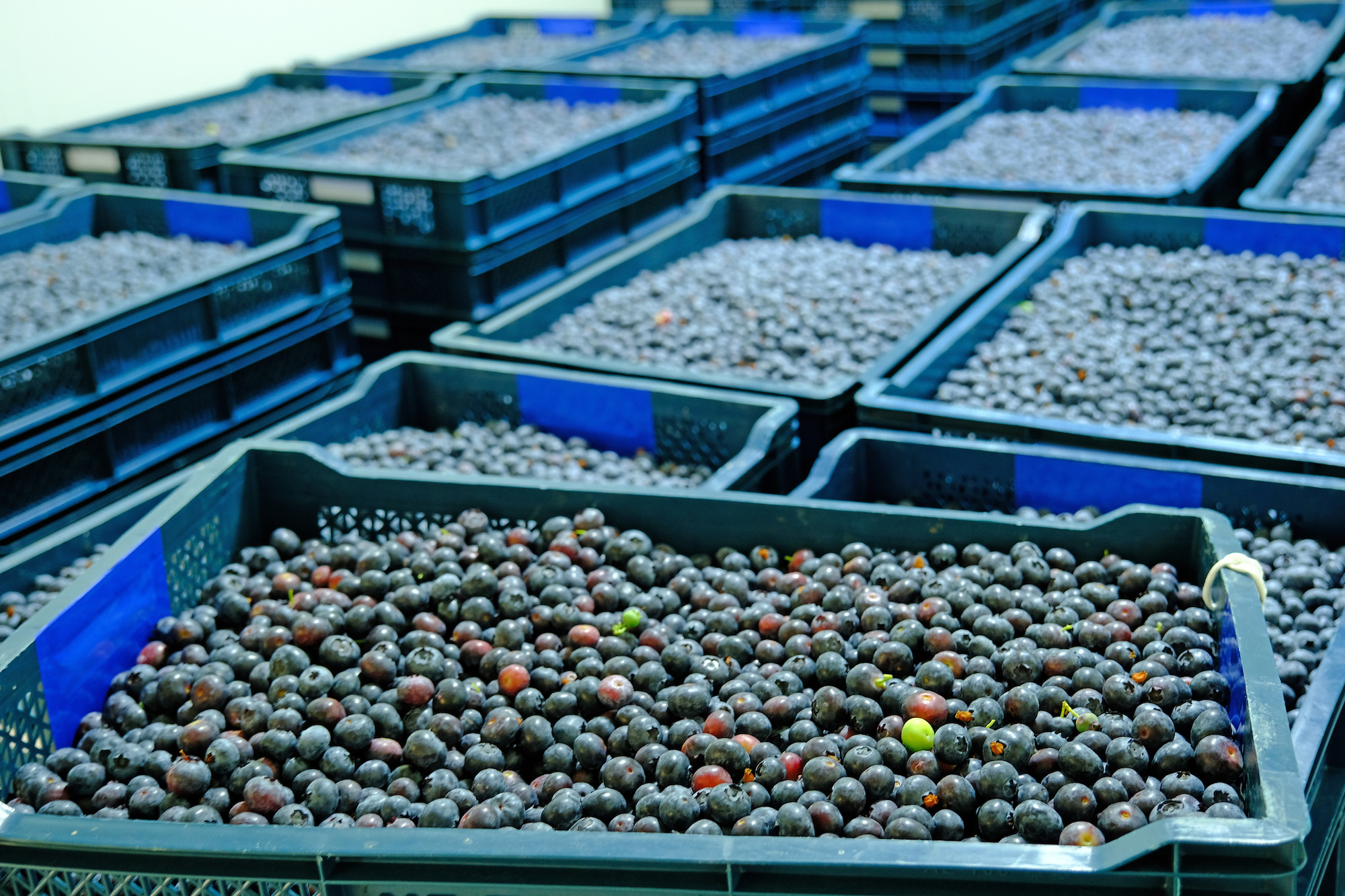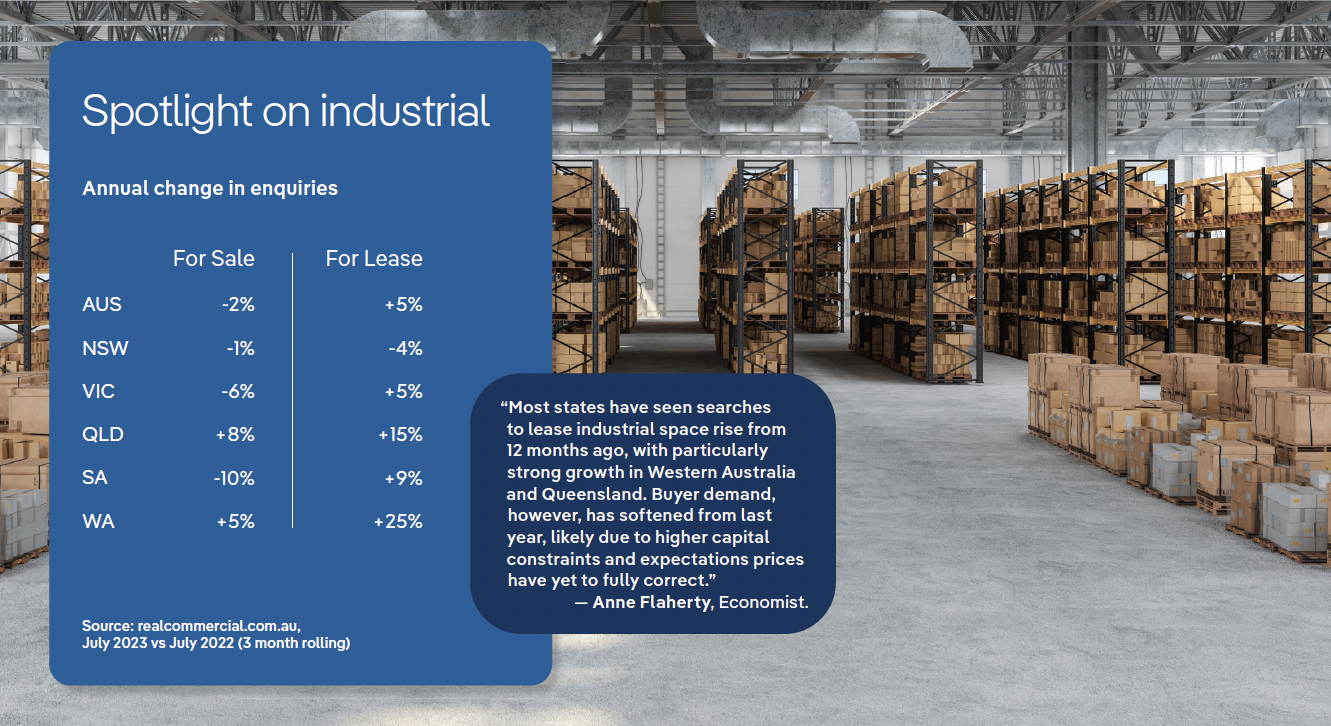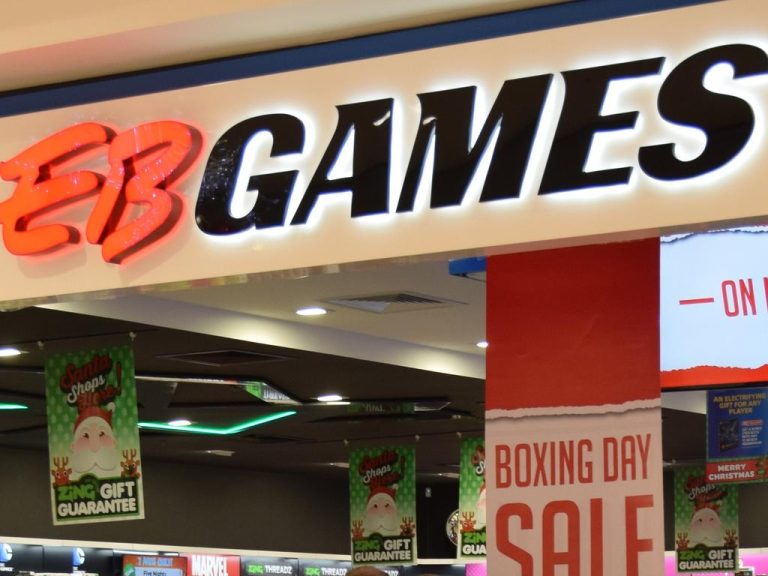Why demand for cold storage is heating up

Demand for cold storage is unlikely to cool any time soon, with Australians spending more money shopping for food online in June than any month on record.
Over $1.5 billion was spent in online food retailing over June, according to the Australian Bureau of Statistics, surpassing for the first time the record set in August 2021 amid pandemic lockdowns.
For context, just $454 million in food retailing was spent online back in June 2019 which, at the time, accounted for 2.7% of all food purchases. Four years later, the share of all food purchased online has more than doubled to 5.9%.
While the proportion of food sales taking place online had been steadily rising for well over a decade, the pandemic greatly accelerated this growth. Based on the pre-COVID growth rate, the share of all food sales online would not have reached current levels until 2030.
Similarly, the pandemic fast-tracked e-commerce spending across many retail segments, leading to surging demand for industrial sites as these businesses expanded their warehouse and logistics networks.
While lockdowns are now over, Australians are still spending online, and the speed at which new warehouse and logistics facilities are being developed continues to be outpaced by demand.
This is reflected in incredibly low industrial vacancy rates which are sitting at or below one per cent in every capital city.

Demand for properties with cool rooms, freezers, and cold storage is approaching the peak levels reached in 2020. Picture: Getty
For businesses requiring additional industrial facilities, the current dearth of vacant properties is proving a challenge. And for those operating in the food retailing and processing space, expanding their warehousing and distribution networks can be even more complex.
Adding to the challenge, these businesses typically require cold storage facilities due to the perishable nature of food. And the need for industrial facilities with cool rooms isn’t limited to food processing and distribution, with businesses operating in pharmaceuticals, chemicals, and manufacturing also competing to occupy these properties.
This growing need for cold storage has been seen on realcommercial.com.au, particularly among those looking to lease industrial space.
Among those looking to lease industrial real estate, the number specifically searching for ‘cool rooms’, ‘freezers’, and ‘cold storage’ has been steadily rising for 18 months and is close approaching the peak levels reached in 2020.

Currently, Australia has a significant undersupply of cold storage, with substantially lower levels of capacity per person compared to our regional peers, according to the Global Cold Chain Alliance and Savills Research and Consultancy. What’s more, cold storage facilities are more expensive to develop.
As a result, this undersupply is forecast to persist over the coming years, and we are likely to see more institutional capital and developers partner with occupiers such as grocery chains to deliver more of these facilities.
While total industrial occupier demand could slow off the back of cooling economic conditions, cold storage assets are likely to prove more resilient, particularly those occupied by businesses in sectors such as food processing and grocery stores.
With commercial real estate investors increasingly seeking out defensive income streams, this will support the performance of cold storage assets that come to market.







